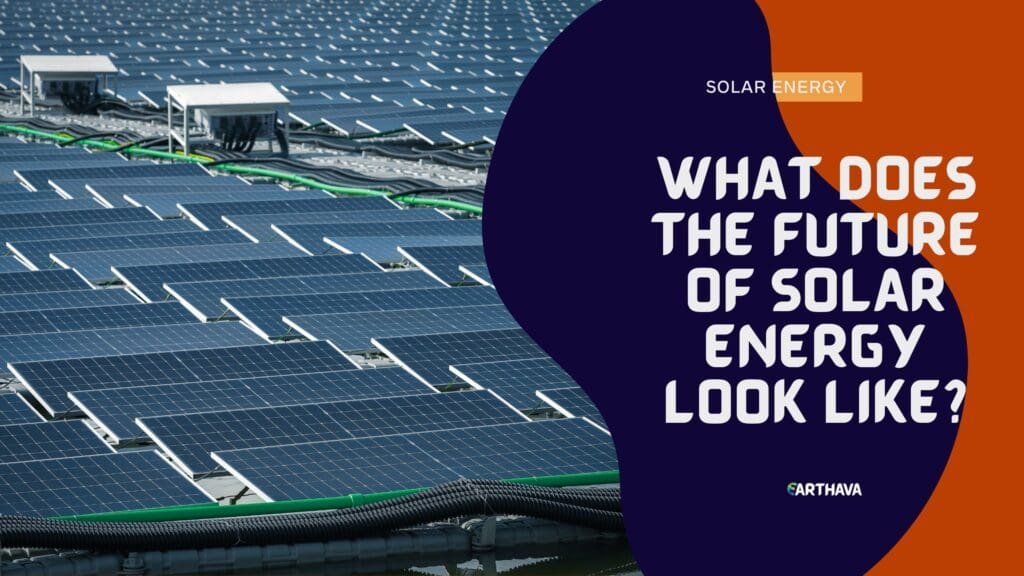About 200 years ago, wood was the primary source of energy. However, now we have several alternatives that include a fast-growing array of renewable energy innovations including solar energy.

The 21st century has seen solar power grow rapidly to become part of our daily life. From sun-powered homes to solar-heated pools, many examples exist that demonstrate the importance of using clean energy. Moreover, as concerns increase regarding the ugly effects of over-reliance on fossil fuels as well as the impending threat of exhausting non-renewable energy resources, the future of solar energy can only get brighter.
There is already a great deal of research going on in solar energy, and the developments have been equally promising. Indeed a report released by Thompson Reuters to this extent has demonstrated that solar will be the core source of energy on planet Earth by the year 2025. Here now are a few insights into what we can expect to see in the future.
Lower Costs
The overall cost of solar power is expected to reduce significantly especially due to reduced costs of solar panels. The cost per watt of silicon photovoltaic cells has been coming down in the recent past. The International Energy Agency has indicated that these expenses will continue to reduce considerably due to improved technologies such as satellite imaging.
Thin Film Technology
The primary concept behind thin films is the ability to utilize far less silicon than is typically consumed by regular crystalline panels. However, there is deep research that is now going into the possibility of engineering even better film technology that can be incorporated into windows. This will allow your windows to play a role in powering your home. We may also start to witness paint that will double as solar generators, allowing building exteriors to have the capability to generate solar energy.
Increased Photovoltaic Power
Ongoing research into the possibility of multi-current solar cells is already promising to enhance the bandwidth of the usable light that the solar panels change into electricity. Just by layering different substances over one another, the multi-junction cell is capable of harvesting close to if not all the visible light spectrum, as opposed to only a few wavelengths as is currently the case.
Solar Powered Electric Vehicles
The current craze towards electric vehicles will continue to rise as solar power’s viability as the chief source of the energy that powers these vehicles increases. The production of electric cars is already growing fast, and we are staring into a future where market dynamics will shift to pave the way for these vehicles. Since green energy is the inevitable route, solar-powered cars could be just around the corner.
Perovskite is Here
Perovskite is a recently discovered material that promises to rival the photovoltaic solar cells that we are used to, which max out at approximately 20% efficiency. The higher this gets, the more the energy that comes out and the more the world will get closer to its energy demands. Now, more than 80% of the current photovoltaic cells are created from crystalline silicon which is expensive all the way from production to installation. The high costs undoubtedly call for alternatives and this is where Perovskite comes in. Named after Lev Perovski, a Russian mineralogist, the material is already demonstrating impressive efficiencies at much lower costs compared to crystalline silicon.
Increased Public Acceptance
Even as governments continue to show signs of genuine support for solar energy, the ultimate success lies in the hands of the globe’s citizenry. The public has demonstrated enormous support for solar power by using solar power in homes & institutions, voting for policies that support alternative energy, and supporting research institutions that are focusing on renewable energy sources.
It is also encouraging to see that many innovators around the world are focusing their energy and resources on the improvement of technologies that support the application of alternative energy. Most initiatives are now focusing on providing affordable solar power on a large scale. This is perhaps why citizens in many countries around the world are now receiving financial incentives whenever they make the switch to clean energy such as solar.
Conclusion
The future for solar energy is indeed a journey of exciting possibilities some of which may be several years away. However, recent developments and current trends have all demonstrated that solar energy is heading to a future where it will be much more accessible, extremely convenient and affordable to all.


